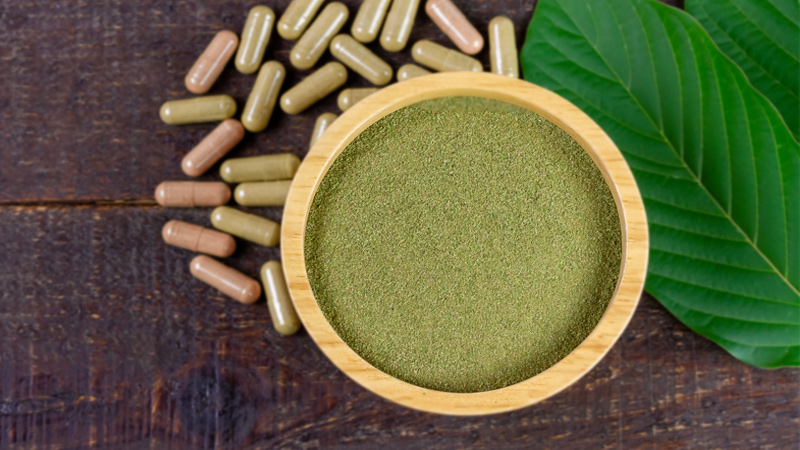Kratom Mitragyna speciosa is a tropical tree native to Southeast Asia, particularly Thailand, Malaysia, Indonesia, and Papua New Guinea. The uniqueness of kratom powder primarily stems from its complex alkaloid profile, which endows the plant with its distinctive properties. The leaves of the kratom tree are rich in bioactive alkaloids, the most significant of which are mitragynine and 7-hydroxymitragynine. These compounds contribute to the varied effects kratom is known for, ranging from pain relief and sedation to stimulation and euphoria. Mitragynine, the most abundant alkaloid in kratom leaves, typically makes up about 66% of the total alkaloid content. It interacts with the brain’s opioid receptors but does so differently from traditional opioids, which might explain why kratom can provide pain relief without the severe respiratory depression commonly associated with opioid use. Additionally, mitragynine is known to have stimulant effects at lower doses, enhancing alertness, focus, and energy. This dual action—stimulating at low doses and sedative at high doses—makes mitragynine a unique compound in the realm of natural substances.

7-Hydroxymitragynine, although present in much smaller quantities usually less than 2% of the total alkaloid content, is significantly more potent than mitragynine. It is considered one of the primary contributors to kratom’s analgesic effects. Research indicates that 7-hydroxymitragynine is several times more potent than morphine in terms of pain relief. This potency makes it a critical component in understanding the therapeutic potential of kratom, especially for those seeking alternatives to conventional pain medications. Beyond mitragynine and 7-hydroxymitragynine, kratom contains more than 40 other alkaloids, each contributing to its overall effects in various ways. Alkaloids such as paynantheine, speciogynine, and speciociliatine, although present in smaller amounts, also play roles in the pharmacological profile of kratom. For instance, paynantheine, which constitutes about 8% of the total alkaloid content, has muscle relaxant properties, while speciogynine, making up around 6%, has smooth muscle relaxant effects The synergistic interactions among these alkaloids are believed to produce the broad spectrum of effects that kratom users report.
This complexity is also why different strains of kratom, such as red, green, and white vein varieties, can have markedly different effects. The varying concentrations and ratios of alkaloids in these strains contribute to their unique profiles. For example, red vein kratom is often noted for its sedative and pain-relieving properties, whereas white vein kratom is typically more stimulating. Moreover, the geographical origin of kratom can influence its alkaloid profile Visit Website. Environmental factors such as soil composition, climate, and even the specific harvesting and drying processes used by local farmers can affect the alkaloid content. This variability makes kratom a particularly intriguing subject for both researchers and users seeking natural remedies for a range of conditions. In summary, the uniqueness of kratom powder lies in its rich and diverse alkaloid profile. Mitragynine and 7-hydroxymitragynine are the most studied and understood alkaloids, but the presence of numerous other alkaloids contributes to kratom’s multifaceted effects. The interplay of these compounds, influenced by factors like strain type and geographic origin, creates a complex and potent natural product that continues to garner interest for its potential therapeutic applications.